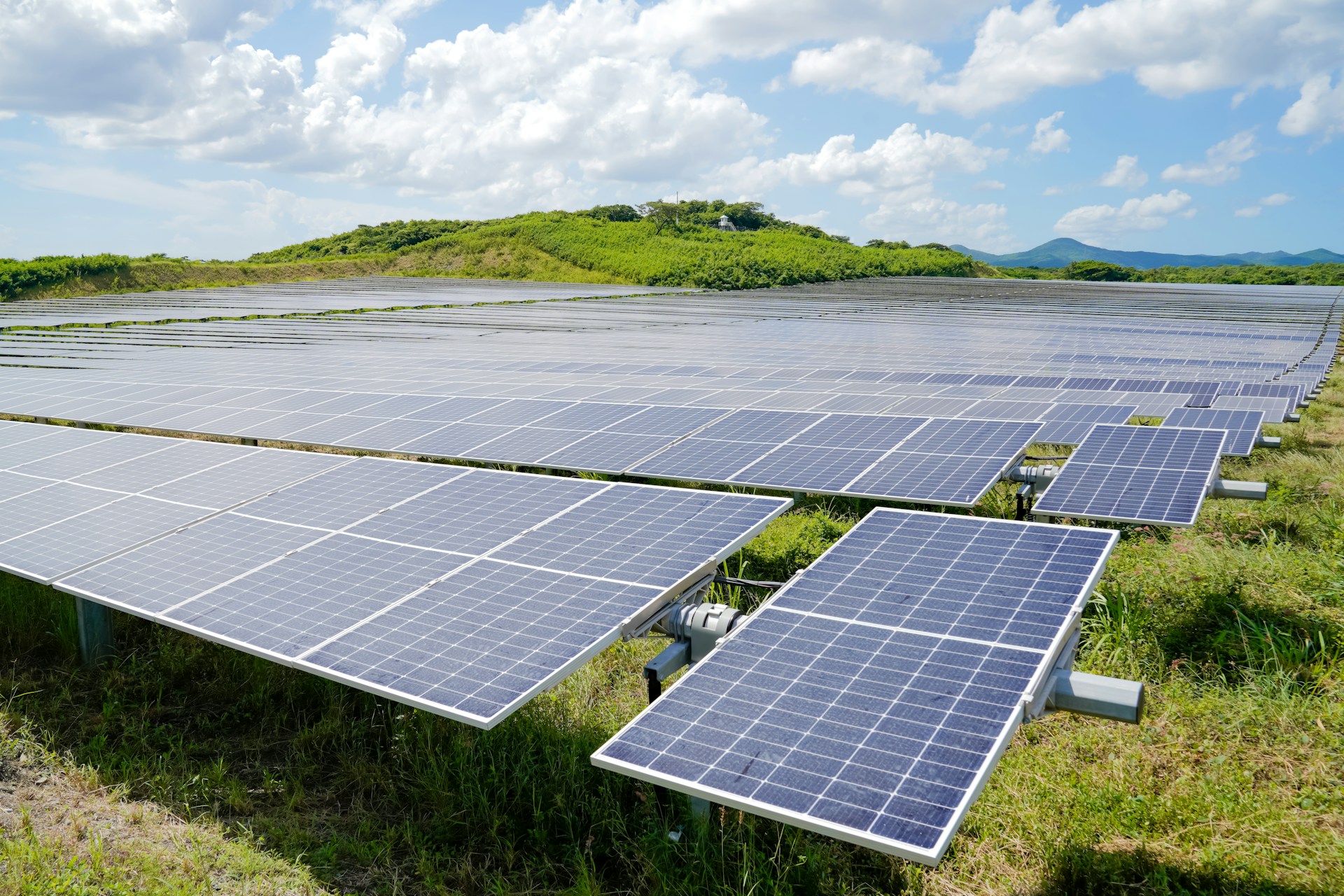EE Global Day 2: Hartke Takes the Stage; Speakers Call for Collaboration
Let's Save Energy
Alliance to Save Energy's Blog
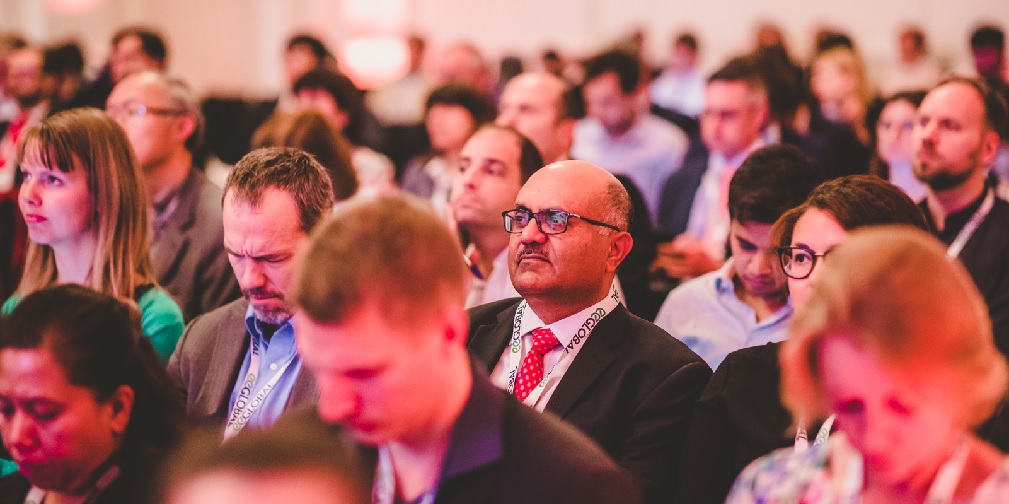
After a busy two days of learning, networking and inspiring, EE Global 2018 has come to a close. Here are Tuesday’s highlights from Copenhagen.
Morning Plenary: Across the World, a Need for Policy to Help Drive Efficiency Gains
Day Two of EE Global started with a call to action from Alliance President Jason Hartke. Representing the Alliance for the first time on the global stage, Hartke told hundreds of energy leaders gathered at Copenhagen’s elegant Odd Fellow Palace that “energy efficiency is the answer and the opportunity” for addressing carbon emissions. But, he said, “the change we need won’t happen by accident. We need the right policy in place.”

All photos: Casper Dufour
Hartke then moderated a discussion on efficiency initiatives taking hold around the globe with Santiago Creuheras Diaz, Director General, Energy Efficiency & Sustainability, Mexico Energy Ministry; Alliance Board Member and California Energy Commissioner Andrew McAllister; and Mechthild Wörsdörfer, Director, Renewables, Research and Innovation, Energy Efficiency, European Commission.

A second panel moderated by IEA Head of Energy Efficiency Brian Motherway explored efficiency’s role in the ongoing energy transition and emerging climate policy, featuring Joyce Henry, Director General, Office of Energy Efficiency, Natural Resources Canada; and Clean Energy Ministerial Head of Secretariat Christian Zinglersen.
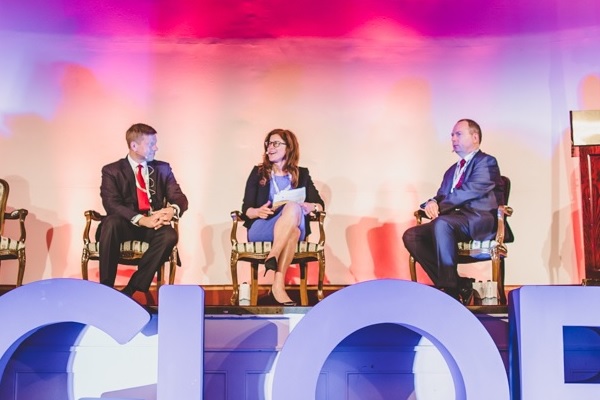
McAllister said no country has all the answers, “so we have to collaborate” and engage all stakeholders. “If you don’t get consensus then the solutions won’t get traction in the marketplace,” he said. “You’ve got to motivate the marketplace.” Henry said the toolkit for policy makers is relatively consistent across the globe. “When you look at the levers that federal governments have, they’re often the same,” she said, citing financing, tax policy, government programs and standards-setting.
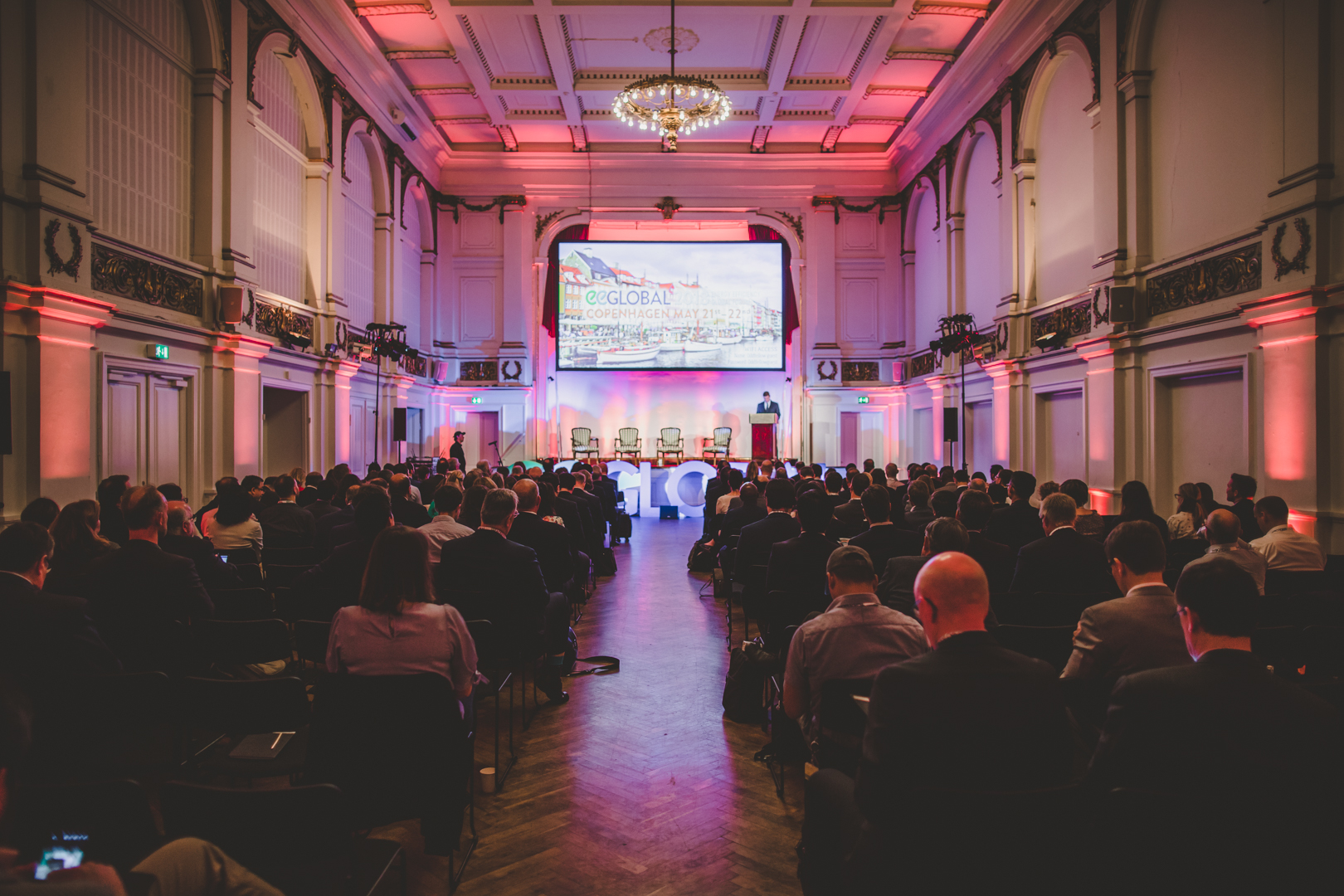
Executive Dialogues: An All-Day Exchange of Ideas
EE Global participants fanned out across a dozen executive dialog sessions over the course of the day. A full list of the sessions and their speakers can be found here.
Multiple Benefits of Energy Efficiency – Overpromised or Undervalued?
At this morning session, panelists said the amount of data behind energy efficiency is growing but there remains a need for additional evidence to make the case for investment and policy. World Resources Institute Global Energy Director Jennifer Layke, who works with cities around the world on building efficiency, said mayors frequently ask, “How does this benefit my city?” and are looking beyond simple cost savings. They want to know about jobs and economic impacts, health benefits and environmental issues such as air quality. Work remains to be done to demonstrate those benefits. “We’re not good at putting an economic value on non-economic benefits,” said Mirella Vitale, senior vice president at Rockwool.
 | 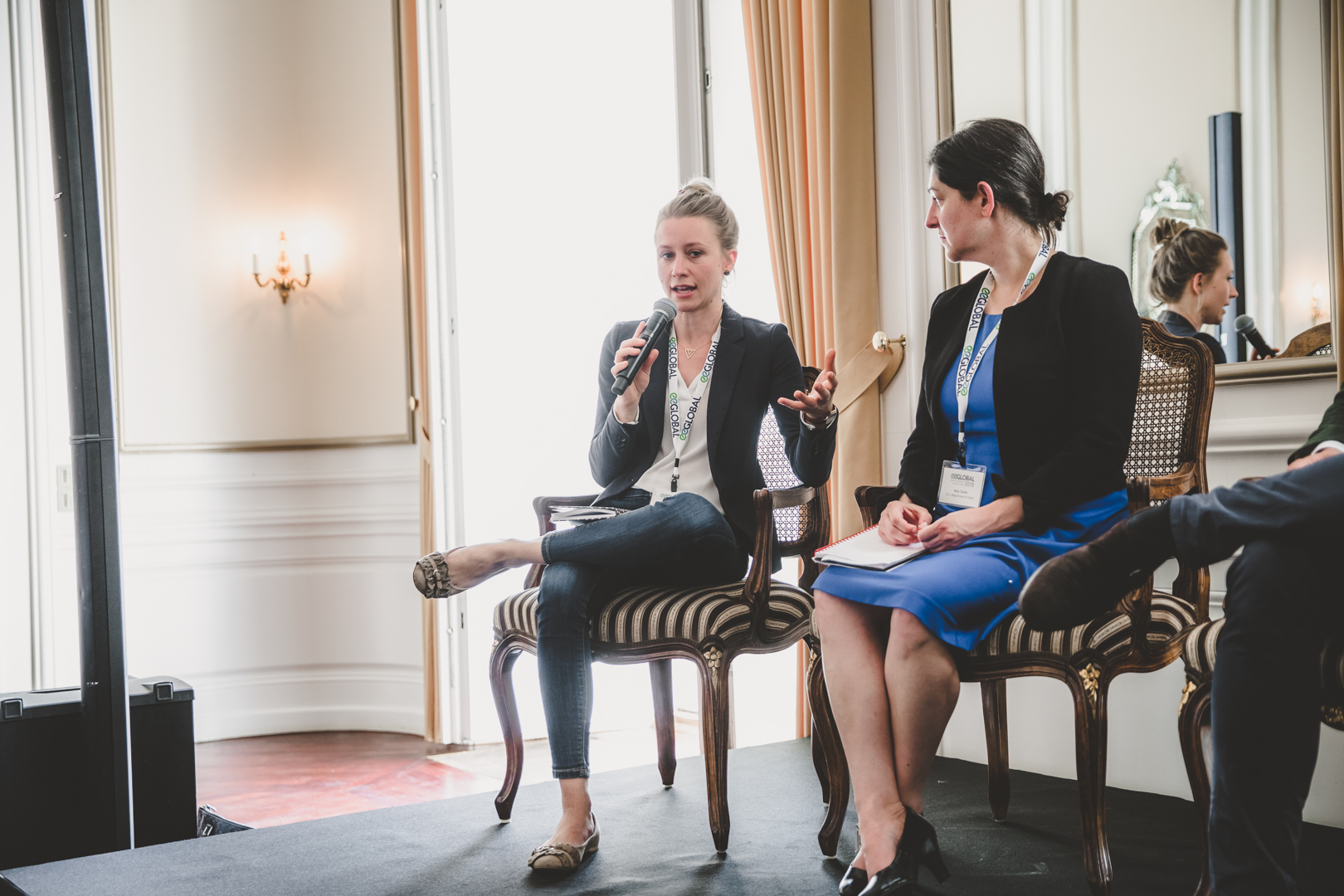 |
Aiming For Efficiency: How are the Public and Private Sectors Working to Achieve the EU’s Directives?
This panel examined how the public and private sectors are working together to achieve the European Union’s approach to implementing the Paris Agreement. Across these diverse stakeholders, there was widespread agreement that an energy efficiency directive is the first solution and binding targets are key to accountability in meeting these goals. “Aggressive policy signals result in broad energy efficiency technology deployment,” remarked Jeff Moe of Ingersoll Rand.
What are the Most Effective Tools for Driving Energy Efficiency Investments in Emerging Economies?
Moderator Ashok Sarkar (World Bank) challenged panelists to discuss why banks resist financing efficiency projects in developing countries, and to define the optimal role of the government vs. the private sector – particularly in supporting needed growth in the ESCO sector. Panelists emphasized two key needs: (1) standardization of procurement and contracting processes; and (2) building capacity of municipal officials to understand and comply with complex processes, and of financial institutions to value energy efficiency and evaluate project risk. Soumya Prasad Garnaik described EESL’s strategy of standardizing and bulk-procuring products in India and using a “deemed savings” approach to estimate energy savings.
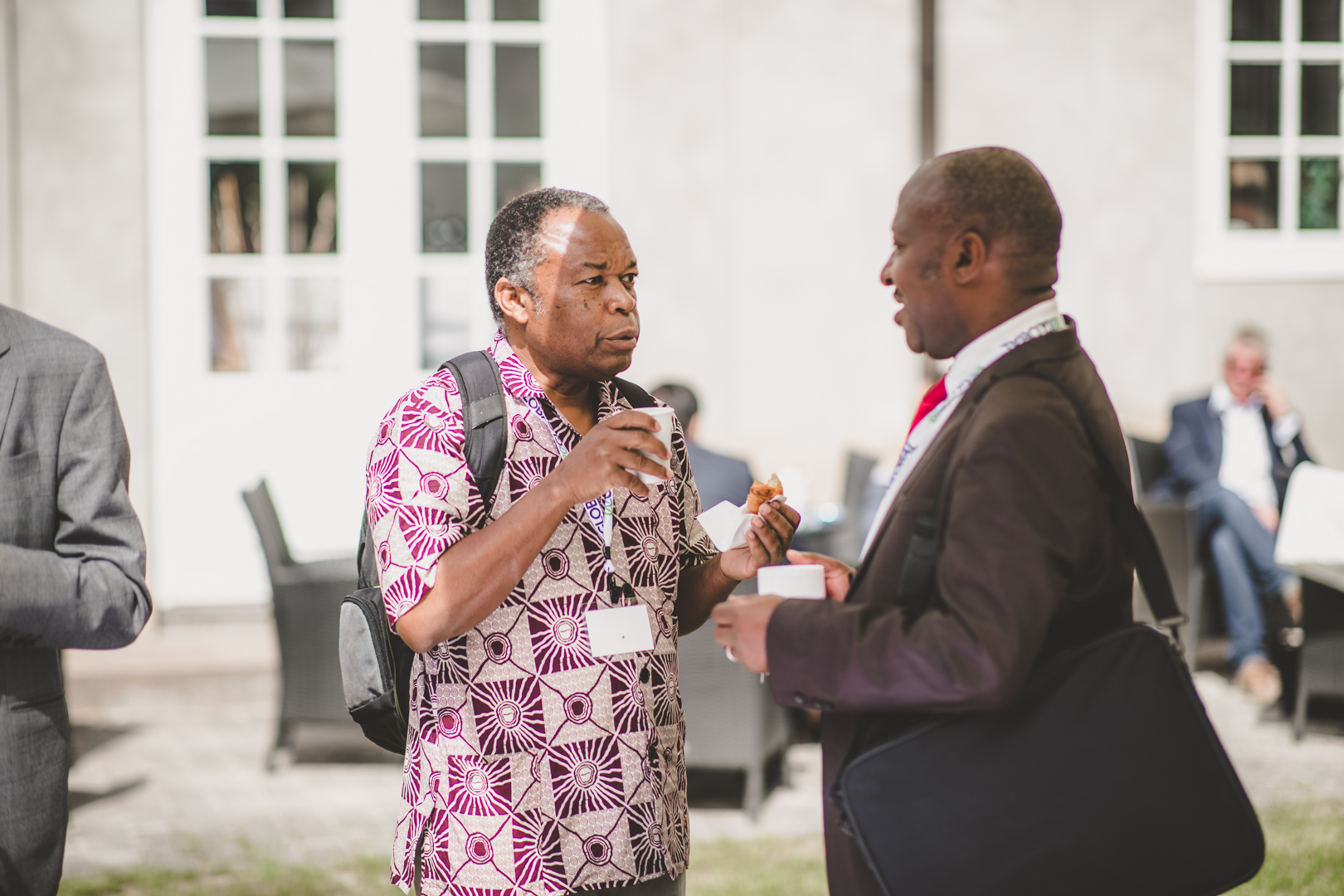 |  |
How to Cool a Warming World: Meeting HVAC Needs Sustainably in the Era of Climate Change
Hot on the heels of a new IEA report suggesting global energy demand from cooling may triple by 2050, this session on air conditioning and refrigeration featured perspectives from around the world on the urgency of the challenge. The panel included representation from Denmark, India, Malaysia, Colombia and the United States. “Four air conditioners are being sold around the world every second,” so we have a lot of work to do and we need to move quickly, said Danfoss Director of Public Affairs Mark Menzer.
Building the Future: What Low-Carbon, Low-Energy Buildings Technology is Critical for Meeting 2050 Roadmap Objectives?
Existing goals and frameworks have outlined high level targets to reduce energy consumption in the built environment, but significant improvements have been slower to emerge, even though we have the products and technologies today to address this issue. Panelists suggested several remedies: better accounting for other benefits of high performing buildings, including health benefits; incentivizing collaboration within the construction industry to ensure the effective implementation of energy efficiency and renewable energy; incorporating building automation to ease the process of operating high-efficiency building; and accelerating the advancement of building energy codes (possibly through the adoption of a national building energy code) to increase scale.
 | 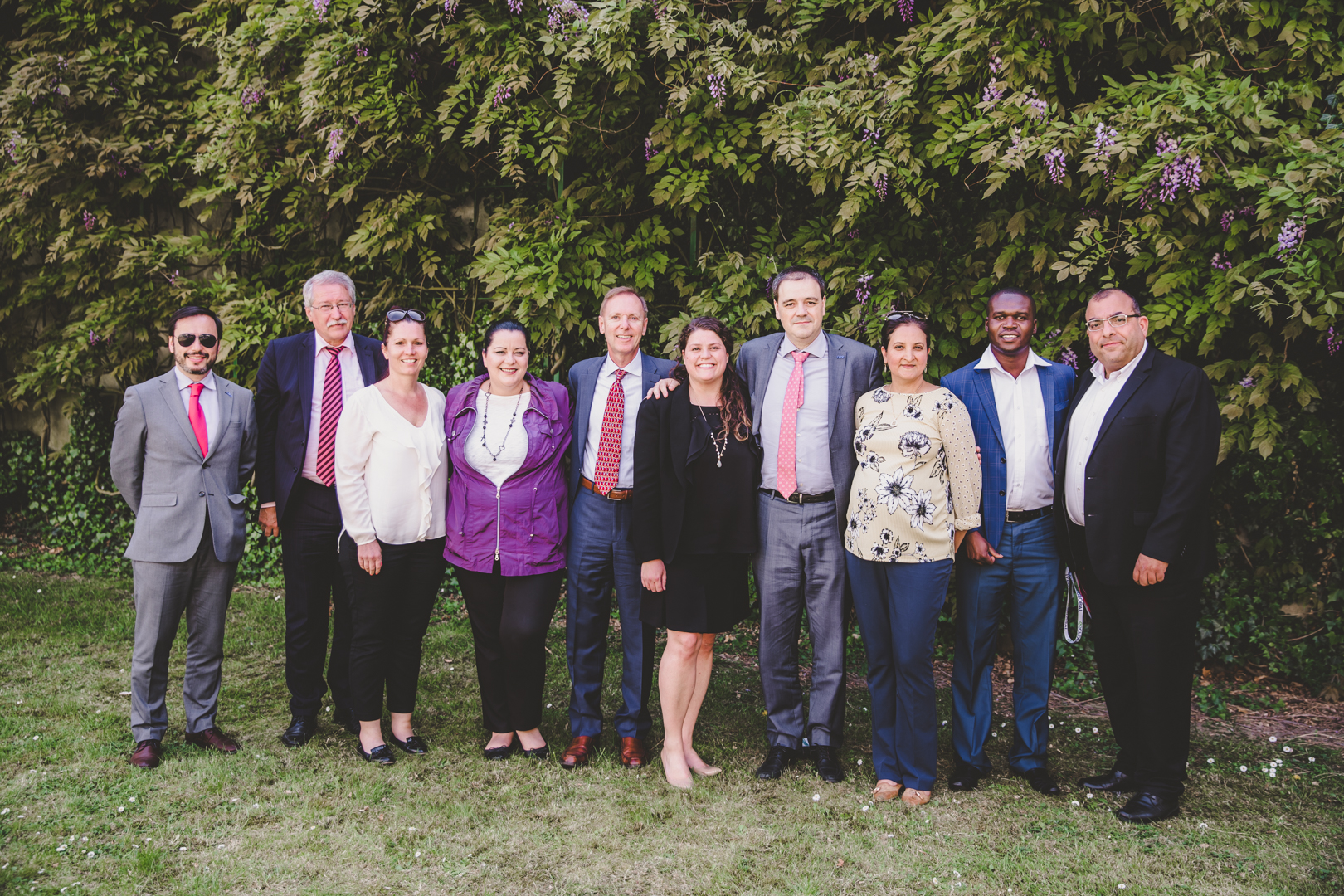 |
Models for Scaling up Energy Efficiency Impact
Moderator Mark Lister of the Copenhagen Center on Energy Efficiency asked the panelists how governments can scale up and maximize the impact of their energy efficiency efforts. Officials from Kenya (David Mutisya), Argentina (Monica Fein, Mayor of Rosario), and Bosnia and Herzegovina (Igor Radojičić, Mayor of Banja Luka) described their successful energy efficiency programs. Paul Kellett from UN Environment/United for Efficiency and Christine Egan from CLASP gave examples of how countries can learn from each other and harmonize policy (such as efficiency standards and labeling, and aligning needs of financiers). The panelists also discussed the potential of the growing off-grid market to help scale up efficiency gains.
A Third Paradigm: Energy Efficiency Voluntary Agreements as a Means to Accelerate Savings and Protect Innovation
Can voluntary agreements – in which industry segments, sometimes in alliance with government and advocacy groups, agree to achieve specified and potentially evolving goals while allowing flexibility for alternative approaches – play a role in advancing energy efficiency? That was the question in an afternoon session exploring the benefits of private-sector solutions versus lengthy regulatory processes. Panelists agreed that in the right circumstances – with proper transparency, third-party verification, and often with an industry motived by looming regulation – voluntary agreements can achieve meaningful results, quickly.
RECENT BLOG POSTS
STAY EMPOWERED
Help the Alliance advocate for policies to use energy more efficiently – supporting job creation, reduced emissions, and lower costs. Contact your member of Congress.
Energy efficiency is smart, nonpartisan, and practical. So are we. Our strength comes from an unparalleled group of Alliance Associates working collaboratively under the Alliance umbrella to pave the way for energy efficiency gains.
The power of efficiency is in your hands. Supporting the Alliance means supporting a vision for using energy more productively to achieve economic growth, a cleaner environment, and greater energy security, affordability, and reliability.



